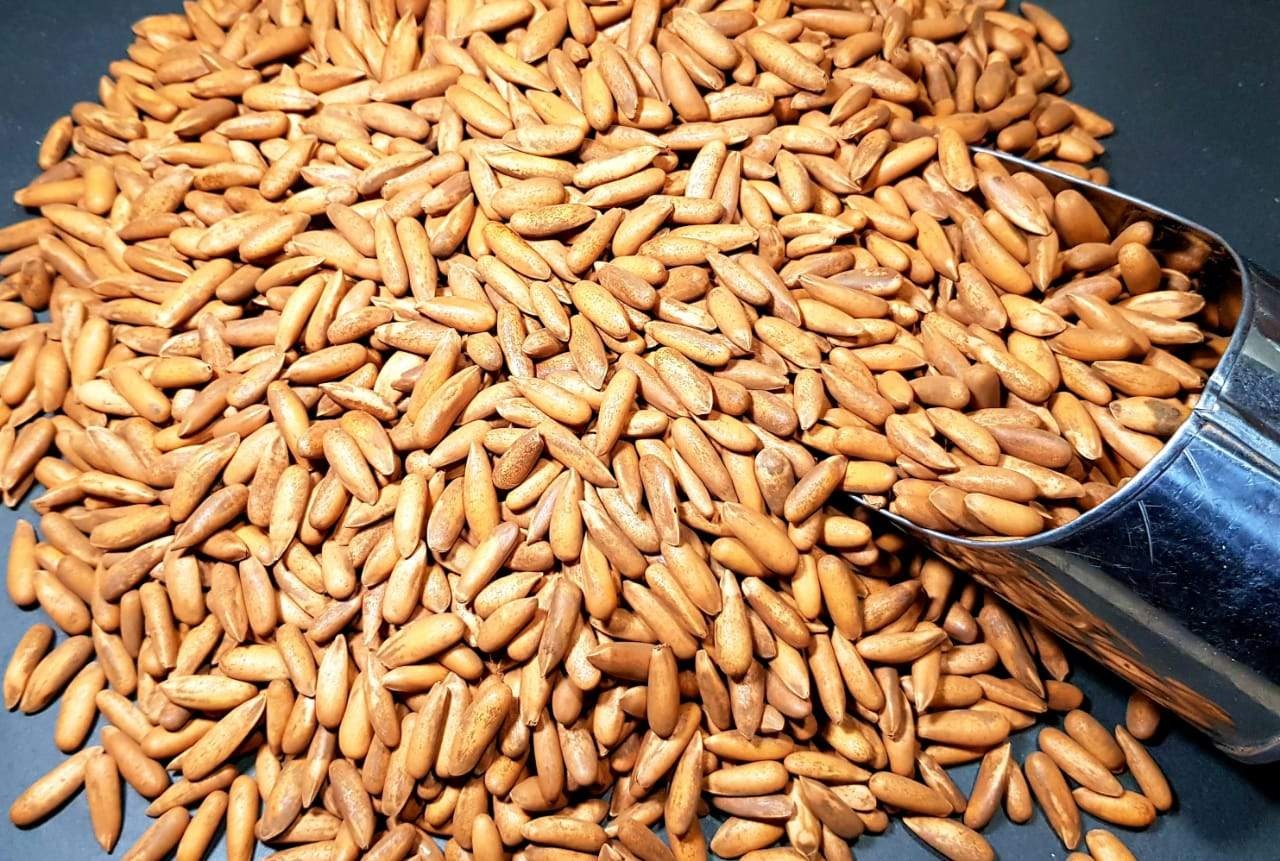In today’s fast-paced world, having a well-stocked pantry of non-perishable food items is a smart and convenient way to ensure you always have access to nutritious and tasty meals. Whether you’re preparing for an emergency, looking to save time on grocery shopping, or simply wanting to reduce food waste, understanding how to store non-perishable foods properly is essential. This guide will walk you through the basics of non-perishable food storage, tips for maximizing shelf life, and ideas for creating a versatile pantry.
Understanding Non-Perishable Foods
Non-perishable food are items that have a long shelf life and do not require refrigeration. These foods are typically canned, dried, or otherwise preserved to prevent spoilage. Common non-perishable food items include:
- Canned Goods: Vegetables, fruits, beans, soups, and meats.
- Dry Goods: Rice, pasta, beans, lentils, and grains.
- Baking Supplies: Flour, sugar, baking powder, and yeast.
- Snacks: Crackers, nuts, seeds, and dried fruits.
- Beverages: Coffee, tea, powdered milk, and shelf-stable juices.
- Condiments and Spices: Salt, pepper, herbs, oils, and vinegar.
Maximizing Shelf Life
The shelf life of non-perishable foods can vary widely depending on the type and storage conditions. Here are some general guidelines to help maximize the shelf life of common non-perishable foods:
- Canned Goods: Most canned goods can last 1-5 years. High-acid foods like tomatoes and fruits have a shorter shelf life, while low-acid foods like meats and vegetables last longer.
- Dry Goods: Rice and pasta can last up to 2 years if stored properly. Beans and lentils can last up to 3 years.
- Baking Supplies: Flour typically lasts 6-8 months, while sugar can last indefinitely if kept dry. Baking powder and yeast should be used within a year.

